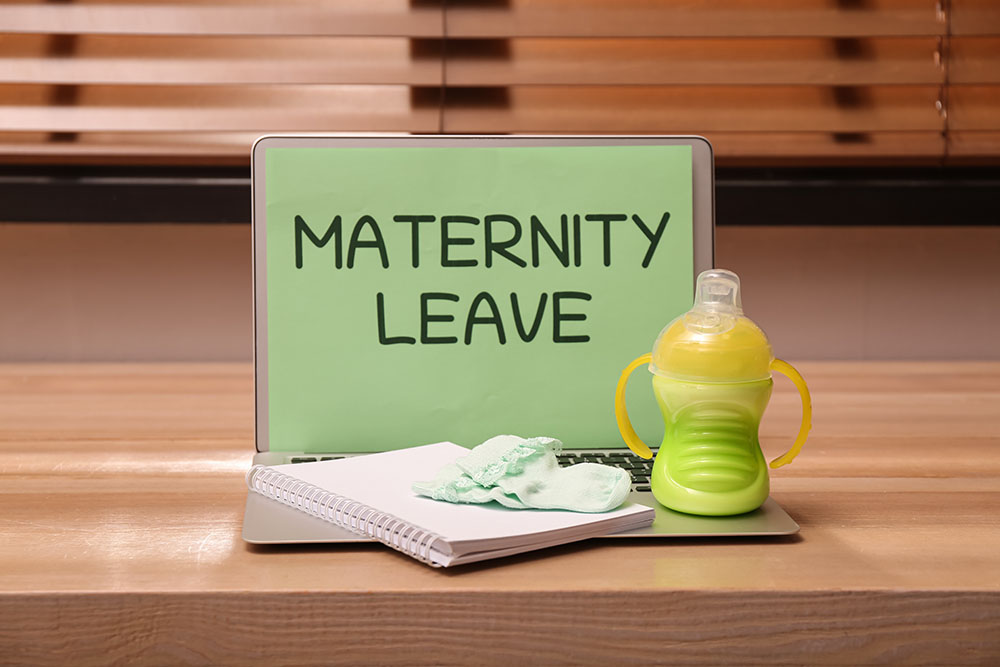There was indeed a time when the number of working women in the world and India was very limited. There was also a time when the same working women would leave their jobs the moment they transitioned into marriage and motherhood, because it is a fact that handling jobs and homes and kids at the same time isn’t easy. Those times have, thankfully, changed. Women and entire societies today know that the heaviest burden of domestic and caregiving duties do fall on women, and it’s not fair but can be made easier with some consideration. The world is also increasingly aware of the fact that without women participating in the formalised job sector, economic growth and prosperity are impossible.
And that’s why most nations have introduced laws that protect the rights of working women who are now transitioning into motherhood. In nations like India, the focus is to ensure the rights of working women in every formalised sector of the economy when they are transitioning into motherhood, with the aim of making their re-entry into the workforce as smooth as their job security and participation in the economy. This is the reason why it’s crucial for every Indian woman to understand the maternity rights assured by law. Here’s everything you need to know.

The Key Maternity Law In India
The law that supports and protects the dignity of motherhood in India by giving women the right to access full and healthy maintenance, is the Maternity Benefit Act of 1961. The law entitles women fully paid absence from work, or maternity leave, to take care of her child and is applicable to all establishments that employ 10 or more persons. The Act has been amended a couple of times to accommodate the growing definition of motherhood and women’s rights, which is a great positive. The following are the key benefits of the Maternity Benefit Act of 1961, many of which have been assured by the amendments introduced over the years:
• The initial Act allowed for a paid maternity leave of 12 weeks, which was increased to 26 weeks for the first two children and 12 weeks for more than two children, through an amendment in 2017. The first eight weeks of these 26 weeks can be claimed before delivery.
• An amendment in 1995 now ensures that women are now eligible for six weeks’ paid leave in case of a miscarriage or medical termination of pregnancy, once they produce a medical proof for the same.
• If a woman is undergoing tubectomy or any other procedure to stop future pregnancies as a method of family planning, she is eligible for two weeks’ paid leave following the procedure.
• In case there is an illness or complication arising due to delivery, miscarriage, abortion or a tubectomy, a woman can claim a further paid leave of one month, over and above the allowed paid leave period applicable to her case.
• No woman can be demoted or terminated during her maternity leave, except in cases of gross professional misconduct. If an employer does terminate a women’s services while on maternity leave, they have to pay her maternity benefits for the entire period they are eligible to.
• Another amendment now provides 12 of weeks paid maternity leave to a “commissioning mother” in case of surrogacy or an adopting mother.
• The provision of work from home for new mothers is also allowed in some cases through another amendment.
• Another amendment made it mandatory for establishments having 50 or more employees to have a crèche or daycare facilities for kids in the workplace to better support mothers returning to work. New mothers can visit the creches up to four times a day, two nursing breaks per workday—all of these in addition to any other normal breaks available to her at the workplace—until their child reaches the age of 15 months.

Who Is Eligible For Maternity Benefits?
Every woman transitioning into motherhood is eligible for maternity benefits if:
• They work at an establishment with 10 or more employees.
• They are pregnant woman, or a woman who is adopting or commissioning a baby.
• They have worked in an organisation for at least 160 days in the 12-month period preceding the date of delivery.
It’s important to note that the Act clearly states, and the Supreme Court has reiterated, that women working in the informal sector, on a contract basis or independently can also claim maternity benefits from their employer. This includes women who work in cottage industries or run their businesses from home. However, awareness regarding maternity benefits in the informal sector isn’t high, which is why many women fail to claim what is rightfully theirs.
On the other hand, women who are students aren’t seen as being employed, which is why women engaged in post-graduate studies or higher education courses aren’t usually considered as being eligible for maternity benefits. This can be seen as a grey area or loophole in the law that leaves many women out and away from these benefits.

Payments During Maternity Leave
Every woman is entitled to full salary payment during maternity leave, even if you don’t take the full 26 weeks off. Your salary for the duration of the leave will be calculated based on your average daily wage during the three months preceding the date on which you went on leave. The Supreme Court says that these wages include contractual wages, cash allowances, bonuses and all other types of remunerations you are entitled to.
According to Section 6 of the Maternity Benefit Act, your employer is supposed to pay you the amount of maternity benefit for the period preceding the date of delivery in advance, on the condition that you provide proof of pregnancy. The amount due for the subsequent period has to be paid by the employer within 48 hours of production of successful delivery of child proof, i.e. the birth certificate of the baby.
How To Claim Maternity Benefits?
To claim the benefits assured under the Maternity Benefit Act, a woman has to give written notice to her employers. The notice should include the following details:
The period for which you need maternity leave. The date from which your leave starts must be mentioned clearly.
• Mention the maternity benefits you may require from the roster available to you. For example, many companies offer medical bonus and insurance, which can be mentioned in this notice.
• Providing proof of pregnancy can make the claim smoother, especially for later, in case you need to go through any emergency.
• If you have missed out on giving prior notice in writing to your employers, you are still entitled to maternity benefits. In such a case, you can give notice after your delivery as well, with proof of delivery, i.e. the baby’s birth certificate.
In case your employer refuses to give you maternity benefits, you should raise the issue with your government-appointed inspector in charge of handling disputes regarding the Maternity Benefit Act. This inspector is usually a public servant, like an IAS officer, who is charged with the duty to handle such cases. In case you are not satisfied with the response of the appointed inspector, or if your region doesn’t have an inspector, you can file a case at a civil court which has jurisdiction over your workplace.